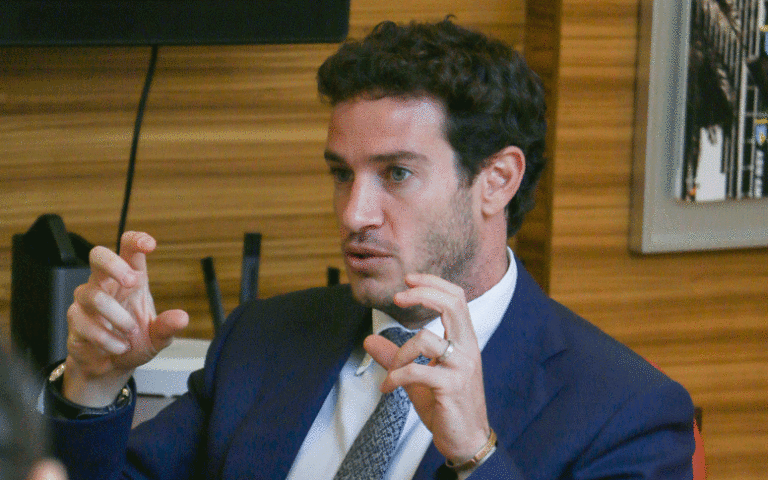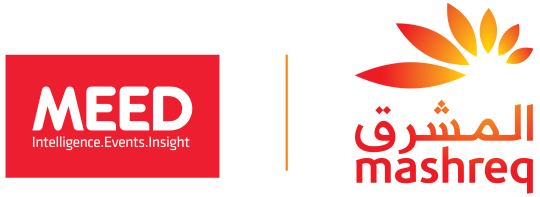Early contractor input is crucial for successful projects

Engineering Contracting Company’s CEO Kareem Farah says construction companies bring expertise that helps reduce project costs
It is becoming increasingly important for developers and contractors to deliver quality projects efficiently as Dubai’s property market matures, prices normalise and margins are scrutinised.
For Engineering Contracting Company’s (ECC’s) CEO Kareem Farah, the early involvement of a construction firm is crucial for delivering projects successfully.
“The largest cost of a development is the construction, so it makes sense to bring the contractor on board earlier and let it work together with the designer in order to reduce the cost of the building,” he says.
Collaborative effort
With a design-and-build approach, a contractor can use its experience to make the project easier to construct and reduce costs.
“We view every project as a partnership with clients,” says Farah. “We come in with dynamic solutions, how to solve problems, give value engineering ideas – one of few companies that sits down and comes up with value engineering to reduce the cost of building for clients.
“The designer can design a slab and beam and where columns will be, but won’t think about what the contractor brings to the table, which is the formwork, what kind of formwork, where to use beams or flat slab, whether to use post tensioning or regular slab. It is a great idea to get the designer and contractor on board at the very beginning to design the project. They should work as a team.”
Hyati Residence project
The ECC Group is able to demonstrate the success of this approach on its own projects with its real estate company Aurora. In August, the developer delivered the AED168m ($46m) Hyati Residence project in Jumeirah Village Circle, which was built collaboratively with its sister construction companies.
By engaging companies early in the design process that specialise in construction, MEP, concrete, metalwork, interiors, joinery and FM, Aurora was successfully able to deliver the 122 apartments and 20 townhouses.
In-house entities
“We do design and build and all our sister companies help out,” says Farah. “We have our MEP company to come in and help. We won’t necessary use them to do the project, but we use them for the design process and they come up with ideas about how we can reduce the cost, while still producing a good-quality building.”
Using in-house entities to execute the works also has benefits. “If you use your sister companies, you have more control,” says Farah. “If you are using an outside subcontractor, you have less of that control as they might have other projects they feel are more important.”
External companies
External subcontractors and suppliers also have an important role to play. Contractors mitigate risk by using the supply chain and if in-house companies are exclusively on a project then the main contractor shoulders the entire risk of the project. While this is an important factor, Farah argues it is also important to engage external companies in order to remain competitive.
“Internally, yes, we take on more of the risk from one side, but you are also giving more business to your sister companies,” says Farah. “The risk comes when you do it too much. Give too much work to sister companies and outside companies are going to say ‘well I am not even going to bother pricing for you’. So we do try to balance it, and try to use outside companies as much as possible – less so for lessening risk, and more to do with keeping those relationships [with the supply chain].”
Design certainty
Another important factor for delivering projects efficiently is design certainty. “We are trying to freeze our designs to make sure we deliver on time,” says Farah. “One of the major issues is getting the design frozen and materials chosen early on. These are the main issues on site – the dates that the client should be choosing materials and freezing designs by are not usually met and that is why projects are delayed most of the time.”
BIM benefits
Technology, notably building information modelling (BIM), also has a role to play by allowing different project actors to collaborate more effectively.
“BIM is the way forward,” says Farah. “You find clashes much earlier; it is easier to pull up information. It is just much more efficient. It is the future.”
To develop its BIM capabilities, ECC has set up its own BIM department at its own cost so that it can keep pace with advances in technology.
“We were always saying that we would start [a BIM department] when a project came up that required BIM,” says Farah. “Previously, when we gave quotations with BIM, the developer was often shocked by the price and we never ended up getting projects that required BIM. We decided that, so as not to fall behind, we would take it on as our own cost. We made sure we have that technology so that, when projects with BIM do come along, we should be more competitive because the department is already there.”
Other technologies that the company is looking at include augmented reality (AR) and virtual reality (VR), which offer the ability to see and manipulate a project’s design in 3D before it is built.
Competitive conditions
While a collaborative approach means delivering projects more efficiently and with a greater degree of certainty, it does not necessarily mean great reductions in cost.
“The market these days is very competitive,” says Farah. “Developers know roughly the price per square foot for a building. The prices we give to our development company are almost the same as the prices we give to our outside clients. The only difference is maybe there is a bit more clarity because it is all under one group.”
Ultimately the result is a better end product. “It is quality, quality, quality,” says Farah. “We are here for the long run. ECC was established in 1975 and we are not here for the short run. Many people come into the market, sell their buildings and leave. For us, reputation is more important than anything else. It is less about cost and more about quality.”


